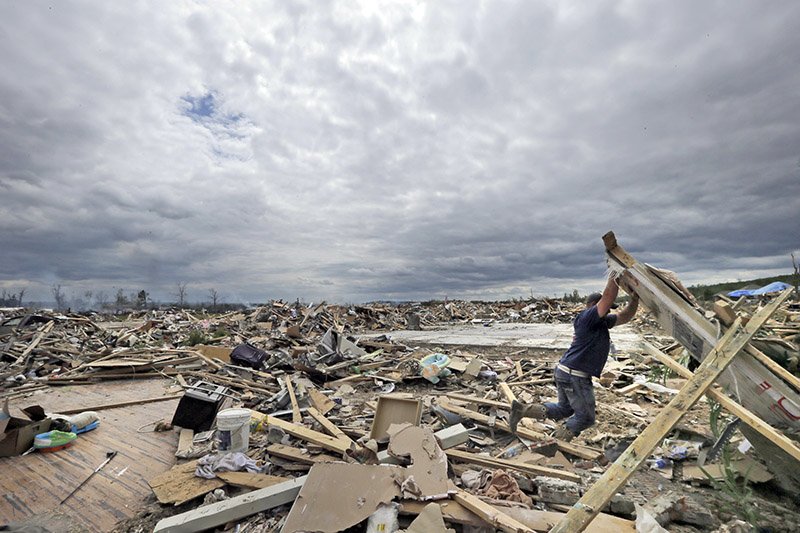It’s been a slow time for tornadoes across the country so far in 2015. As of March 23, there have been no tornado warnings issued in Arkansas. Pulaski County has not had a March tornado since 1997, according to the National Weather Service.
It’s not an unusual trend for the first one-fourth of the year, as there has only been one January tornado and five February tornadoes since 2000 in Pulaski County, according to the National Weather Service.
“There will be a chance of watches and warnings for parts of Arkansas in the next few days,” says Patrick Marsh, meteorologist at the National Oceanic and Atmospheric Administration Storm Prediction Center in Norman, Oklahoma. “There should not be a major outbreak, but watches and warnings will certainly be a possibility.”
From 1950 to 2014, the average number of tornadoes in Pulaski County has been 1.32 a year, Marsh says. Despite the low-sounding number, Marsh says that Pulaski County is actually at the higher end of Arkansas’ 75 counties.
April is a different story, though. Out of the 14 total Pulaski County tornadoes in April since 2000, four of those were in 2008 and eight of those were in 2011, according to the NOAA. It was also during April that fatal tornadoes hit Vilonia in 2011 and 2014. According to NOAA data, the tornado outbreak of April 25-28, 2011, killed 321 in the U.S. The outbreak of April 27-30, 2014, killed 16 people in Arkansas.
Marsh says there tends to be more tornadoes in April because the warm, moist air from the Gulf of Mexico overlaps winds aloft that are favorable for tornadoes. Marsh also says that despite the warm, moist air, tornadoes are less likely, but still possible, in the summer months, as the favorable winds aloft tend to shift northwest toward the northern plains.
“Seasonal prediction of strong thunderstorms and tornadoes is a relatively new area of research,” Marsh says. He says that the current research is focusing on whether those seasonal predictions are possible.
Marsh says that one recent theory links El Ninos and La Ninas, which the NOAA calls complex weather patterns that result from changes in ocean temperatures, to storm and tornado activities in the U.S. He says John Allen of the International Research Institute for Climate and Society linked correlations between the warm El Ninos and suppression of tornadic activity, as well as the cooler La Ninas and increased tornadic activity in the South and Great Plains.
A weak El Nino, which was predicted but failed to form during the winter months, has formed in the Pacific Ocean. If the theory of the link between El Nino and La Nina is true, the next month should see fewer tornadoes.
Despite the recent lack of tornadoes in March, the most deadly tornado in Arkansas history killed 50 people in White County and occurred March 21, 1952, Marsh says. That tornado was part of the much larger March 1952 tornado outbreak in the Southern U.S., which killed 209 people.
